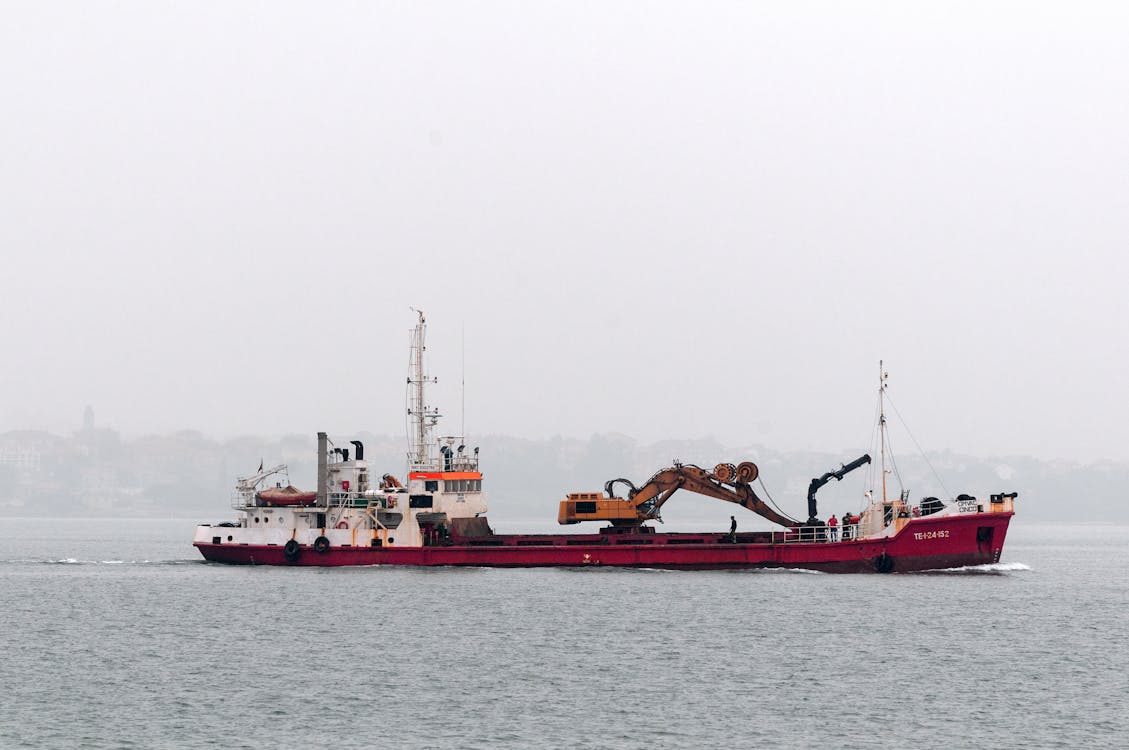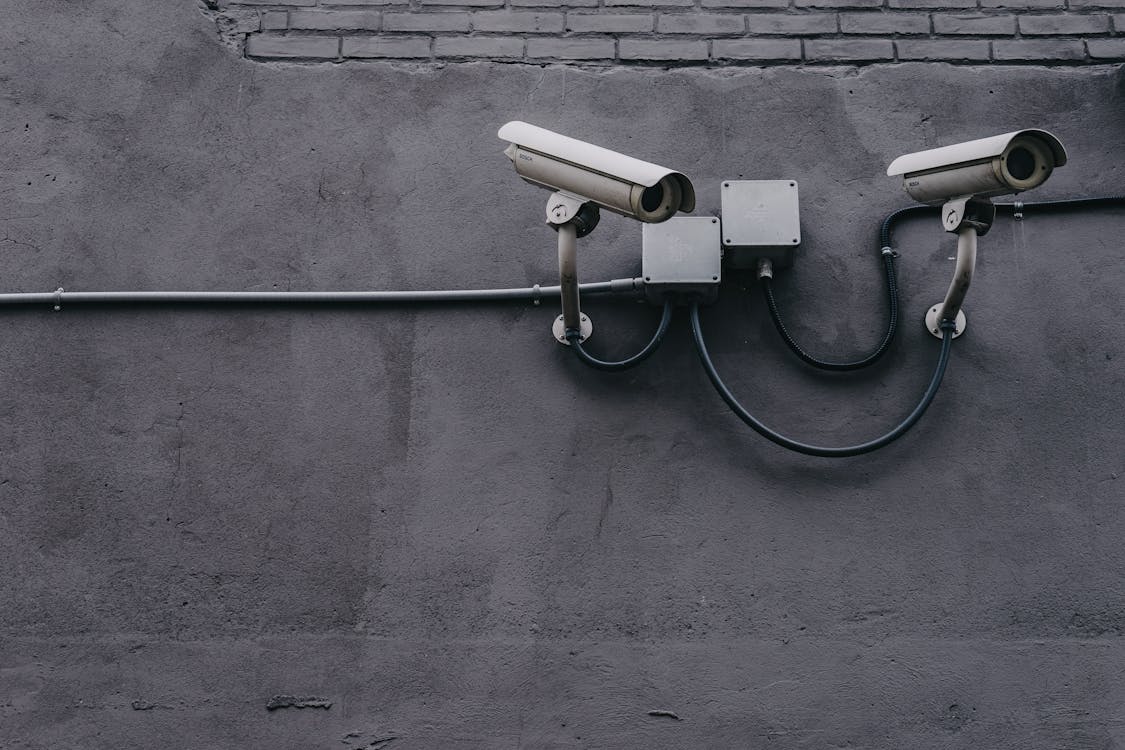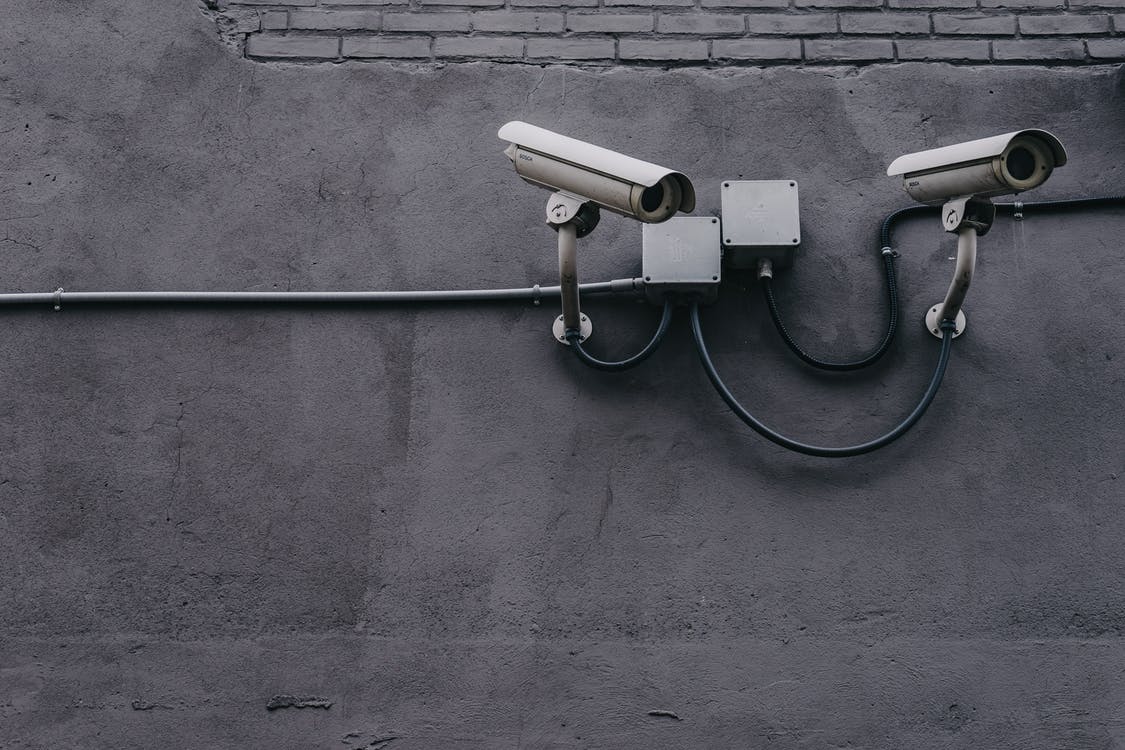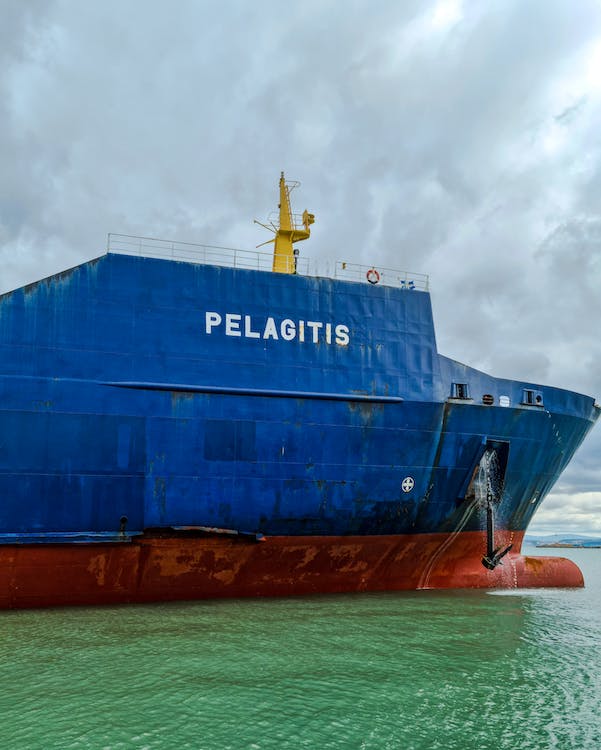Seas and oceans are less traveled. Therefore, the focus on security is limited to individuals directly interacting with the profession. In addition, it is also essential to learn about maritime security for informative purposes. The following strategies are robust in overcoming maritime terrorism and sea hijacking. Give it a read to ensure the cargo and the crew reaches their destination safely.
Keep your eyes open always
The management must vigilantly train the crew and report minor disturbances to the captain. Moreover, they must also understand the chain of command to prevent communication overlap. Quality is essential in off-duty and on-duty crew members. The strategy will help in avoiding emergency scenarios before they get out of control.
Who is at the gate?
As a duty officer, your primary responsibility is checking the credentials, which must be done vigilantly. The duty officer at the port will not allow unauthorized individuals to get to the port. Moreover, they will also ensure that the ship is properly guarded. The duty officer will ask for identification or permission from the captain before boarding. In addition, they will closely observe the entry and exit logs too.

Close Monitoring
Ship security also relies on monitoring and close observation. Therefore, the crew must pay close attention to the restricted areas such as navigation and engine. We advise creating a schedule at regular intervals that ensure proper logging. Moreover, it will prevent individuals from entering without permission too. An entrance to the accommodation area is encouraged for a quick response time.
What are the cargo details?
If you are worried about the cargo on the ship, it is essential to learn about its content and whereabouts. Otherwise, the castaway cargo loss could be very costly. The maritime staff must keep a proper record of the cargo to prevent complications during transit.
Professional interrogation
One of the most common threats to ship security is unauthorized individuals. The crew can respectfully ask for identification if they notice an unknown individual on board. No need to fear them or be hesitant. The maritime staff has absolute authority on the ship to investigate. Assuming the individual is unauthorized, they are temporarily held in the brig until the captain resolves the issue.
Knowing your responsibilities
Each maritime crew member has specific duties they must perform. These are assigned before a shipping trip for streamlined management. The crew member can communicate confusion or queries to the shipping company or the supervising authority.
Recognizing the letdowns
Ship security also involves recognizing weaknesses and putting the correct protocols in place to avoid dangerous situations. Therefore, they can closely observe the security plan and the security equipment. Moreover, regular reviews for crew performance are also suggested. The shipping company can also revise crew members’ duties to prevent overlap.
Updated information
In addition, maritime security also depends on updating security protocols and ship-related knowledge. The crew must have sufficient information regarding security threats, detection technology, and illegal devices that adversely affect security. Therefore, the person must be trained regularly and provided with literature.
Lighting on the upper deck
Another crucial component of maritime security is lighting. However, extra attention must be paid to the accommodation and rear lighting. In addition, these lights must be tested before each trip and maintained in compliance with the security protocols.
The additional lights are turned on when the ship signals to unauthorized individuals that they have been spotted. Moreover, the lights are not turned off at night, which makes the vessel vulnerable.
Installing closed-circuit television
Installing CCTV cameras offers close monitoring in case of dangerous events. In addition, they also provide proof after the attack subsides. CCTV cameras are installed in restrictive areas such as rear and accommodation decks for lighting.

Installing alarms
Maritime security also involves properly working alarms. When the crew notices unauthorized individuals are nearing the vessel, they can use the foghorn or the whistle for distraction. The alarm’s sounds must differ from other security protocols to prevent confusion. Furthermore, the alarms must be tested before each trip, especially if it involves extremely risky areas.
Physical security barriers
During a sea trip, unauthorized people or individuals use ladders or hooks to access the vessel. Physical barriers increase the height, making it difficult to climb. A ship also has a barbed tape known as razor wire to amplify difficulty. It is an effective strategy when deployed at the right time.
However, if the quality of the razor wire is compromised, it will make the barrier ineffective.
Practice Drills
Lastly, sea travelers and crew members must know how to handle an emergency. Drills ensure they understand the proper steps and gain access to the required equipment. Furthermore, they stay organized, which prevents panic and overthinking.
Time to Wrap up
Maritime security is not a childish matter. In the oceanic unknown, help and assistance take a long time to reach. Therefore, the above-mentioned protocols will protect the crew member, the cargo, and the captain. However, proper training and drills are just as necessary for quick thinking.



